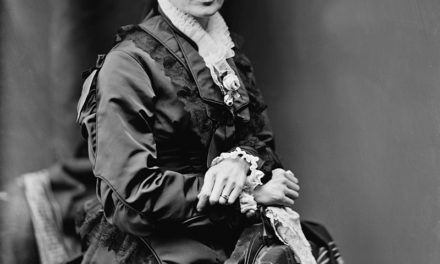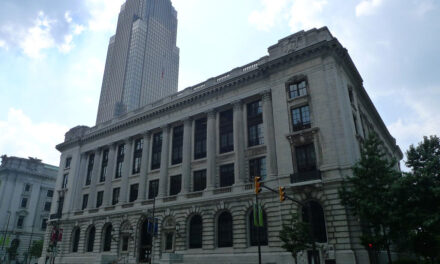CLEVELAND HISTORY
Founding of University Hospitals Cleveland Medical Center (April 21, 1866): This premier medical institution was founded following the American Civil War. It has grown into a major healthcare provider in Northeast Ohio, renowned for its contributions to medical research and education.
Opening of the Cleveland Metroparks Zoo (April 22, 1882): Originally started with a small donation of animals housed at Wade Park, the Cleveland Metroparks Zoo has evolved into one of the oldest and most respected zoos in the United States, focusing on conservation and education.
First Broadcast of WKYC-TV (April 23, 1948): WKYC-TV, originally known as WNBK, was one of the first television stations in Ohio. Its inaugural broadcast marked the beginning of a new era in broadcasting in Cleveland, significantly influencing local news and entertainment.
Launch of the Cuyahoga River Cleanup Initiative (April 25, 1969): Following the infamous burning of the Cuyahoga River in 1969 due to industrial pollution, this initiative represented a significant effort to rehabilitate the river and improve environmental standards in the area. The cleanup efforts contributed to national environmental policy changes, including the establishment of the Environmental Protection Agency (EPA).
Dedication of the Rock and Roll Hall of Fame Museum (April 27, 1995): The museum, located on the shores of Lake Erie in downtown Cleveland, was dedicated to celebrate and document the history and significance of rock music. It has since become a major cultural landmark and a point of pride for the city.
WORLD HISTORY
Founding of Rome (April 21, 753 BC): According to Roman tradition, the city of Rome was founded by Romulus, one of the twin brothers raised by a she-wolf. Romulus killed his brother Remus in a dispute and became the first ruler of Rome, which was named after him. The date of Rome’s founding is based on calculations by Roman historian Livy and other classical sources, marking the beginning of Rome’s development from a small settlement to a dominant empire.
First Earth Day (April 22, 1970): Initiated by U.S. Senator Gaylord Nelson, the first Earth Day was celebrated to create awareness and promote action for environmental issues. Millions of Americans participated in demonstrations and activities promoting environmental education and advocacy. This annual event has grown into a global movement, observed by millions of people around the world, dedicated to protecting the environment and promoting sustainable practices.
Birth of William Shakespeare (April 23, 1564): William Shakespeare, often referred to as the Bard of Avon, was born in Stratford-upon-Avon, England. He is credited with writing 39 plays, 154 sonnets, and several other poems, and is widely regarded as one of the greatest writers in the English language. His works, which include classics such as “Hamlet,” “Romeo and Juliet,” and “Macbeth,” explore universal themes of love, jealousy, power, ambition, and fate, and continue to be celebrated and studied globally.
Publication of DNA’s Double Helix Structure (April 25, 1953): James Watson and Francis Crick published their groundbreaking discovery of the double helix structure of DNA in the scientific journal Nature. Their research, based on X-ray diffraction images produced by Rosalind Franklin and the work of Maurice Wilkins, revealed how DNA replicates and carries genetic information. This discovery has been fundamental to advancements in genetics, biology, and medicine, including the Human Genome Project and genetic engineering.
Chernobyl Nuclear Disaster (April 26, 1986): The Chernobyl disaster occurred at the Chernobyl Nuclear Power Plant near Pripyat, Ukraine, when an explosion and fire released large quantities of radioactive particles into the atmosphere. This contamination spread over much of Europe and caused widespread health and environmental problems. The disaster raised awareness about nuclear safety, leading to changes in policy and operational procedures for nuclear power plants worldwide.






